Skyrocket Juniper Plants: Learn How To Grow A Skyrocket Juniper Bush
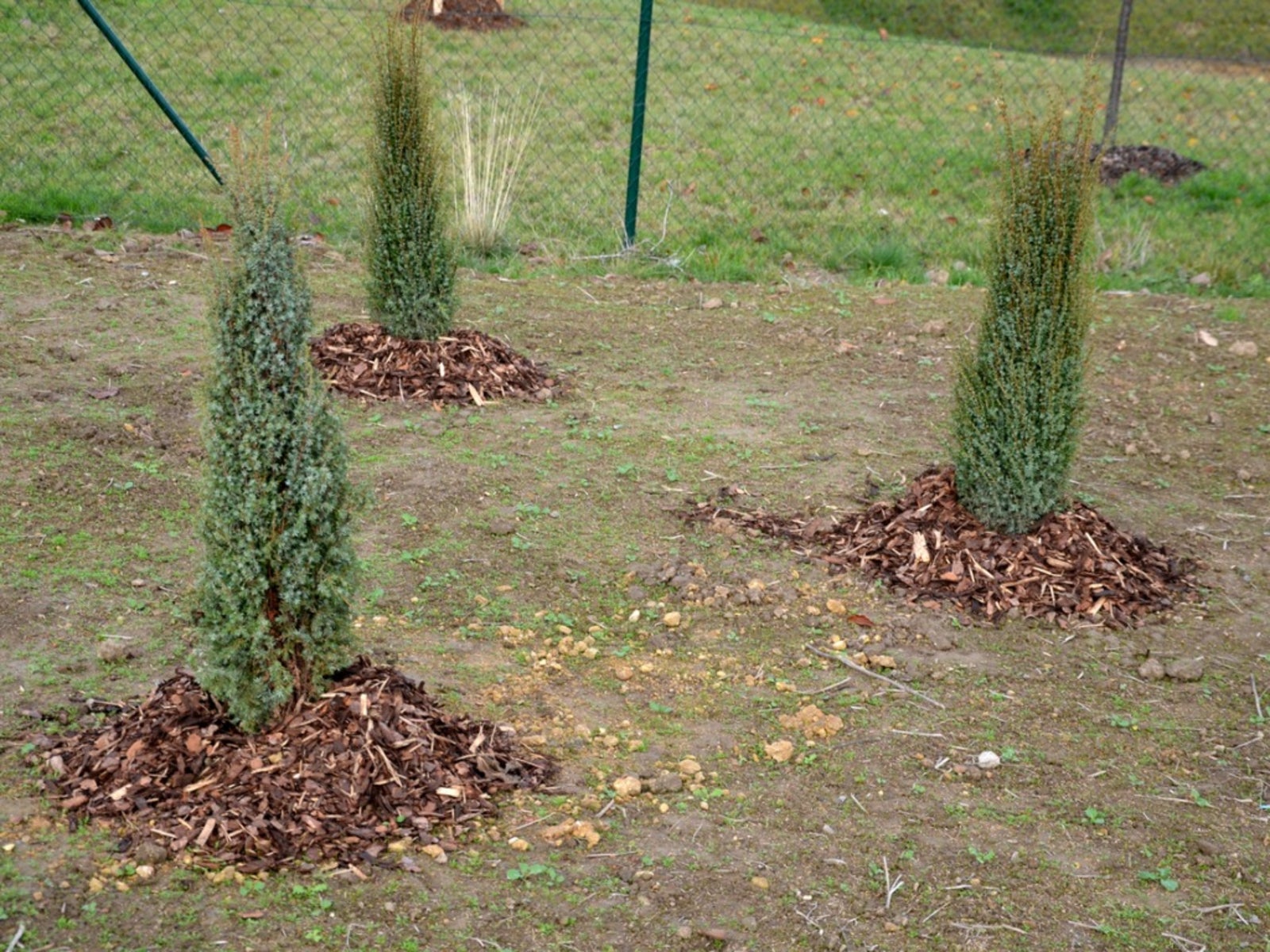

Skyrocket juniper (Juniperus scopulorum 'Skyrocket') is a cultivar of a protected species. According to Skyrocket juniper info, the plant's parent is found wild in the Rocky Mountains of North America in dry, rocky soils. The cultivar is widely available and makes a lovely focal point in the landscape. The vertical, tidy growth is a hallmark of the plant, and its aromatic leaves add to its appeal. Learn some tips on how to grow a Skyrocket juniper and enjoy its rocketing growth and elegant foliage.
Skyrocket Juniper Info
If you enjoy evergreen trees, Skyrocket juniper plants may be the right fit for your garden. These cultivars are narrow columnar trees that may approach 15 to 20 feet (5-6 m.) in height with a 3 to 12 foot (1-4 m.) spread. The natural growth pattern is part of the plant's charm, and its ease of care adds to the allure. This slow growing plant takes up to 50 years to reach maturity, which means it can be used in a large container for many years before it must go in ground. The juniper "Skyrocket" is probably the narrowest juniper variety available. The foliage is bluish green, scale-like, and aromatic when crushed. Like most junipers, it develops tiny, rounded, bluish gray cones that resemble berries. These can take up to two years to fully mature. Even the bark is attractive. It is reddish brown and has an interesting shredding appearance. In the landscape, Skyrocket juniper plants make a beautiful informal screen when planted en masse. They are also useful as specimen plants and their non-invasive roots mean they can even be used as foundation plantings. Many gardeners are even growing Skyrocket juniper as part of a mixed container display.
How to Grow a Skyrocket Juniper
In commercial settings, juniper "Skyrocket" is propagated with semi-hardwood cuttings. The plant is tolerant of both full and partial sun locations. Soil may be any pH, clay, sand, loam, or even chalky. The biggest requirement is a well-draining location, but the plant also does poorly in high humidity. It is suitable for USDA zones 3 to 8. This is an easily transplanted tree that can grow for years in a container and then be moved to a garden bed. Any new plant will need regular watering, but after establishment, this juniper can tolerate brief periods of drought. The fruit can be considered a moderate litter nuisance, but foliage does not produce much mess. Junipers rarely need pruning. Limit trims to removal of dead or damaged wood. Use gloves, as some people are very sensitive to the plant's sap and oil. The major disease to watch for when growing Skyrocket juniper is canker, although juniper blight may also occur. Skyrocket may also serve as a host for cedar-apple rust. Few pests attack junipers, probably due to the highly scented oils. Juniper scale, some caterpillars, and occasionally aphids may cause minimal damage. For the most part, this is a low maintenance, easy-care plant with a host of landscape applications and years of regal beauty in the garden.
Gardening tips, videos, info and more delivered right to your inbox!
Sign up for the Gardening Know How newsletter today and receive a free copy of our e-book "How to Grow Delicious Tomatoes".

Bonnie Grant is a professional landscaper with a Certification in Urban Gardening. She has been gardening and writing for 15 years. A former professional chef, she has a passion for edible landscaping.
-
 Looking For Plants To Give You The Soft And Fuzzies? Try These 5 Fuzzy Leaf Plant Options
Looking For Plants To Give You The Soft And Fuzzies? Try These 5 Fuzzy Leaf Plant OptionsLovers of texture, drama, silver foliage and tactile plants will adore these special sensory garden additions. These fuzzy leaf plant options will leave you all aglow
By Susan Albert
-
 Get Ready For A Summer Of Hummers! Grow These Full Sun Hummingbird Plants and Flowers
Get Ready For A Summer Of Hummers! Grow These Full Sun Hummingbird Plants and FlowersIf you’re lucky enough to enjoy a sunny backyard, make sure you are maxing out on your pollinator opportunities and grow these full sun hummingbird plants and flowers
By Tonya Barnett
-
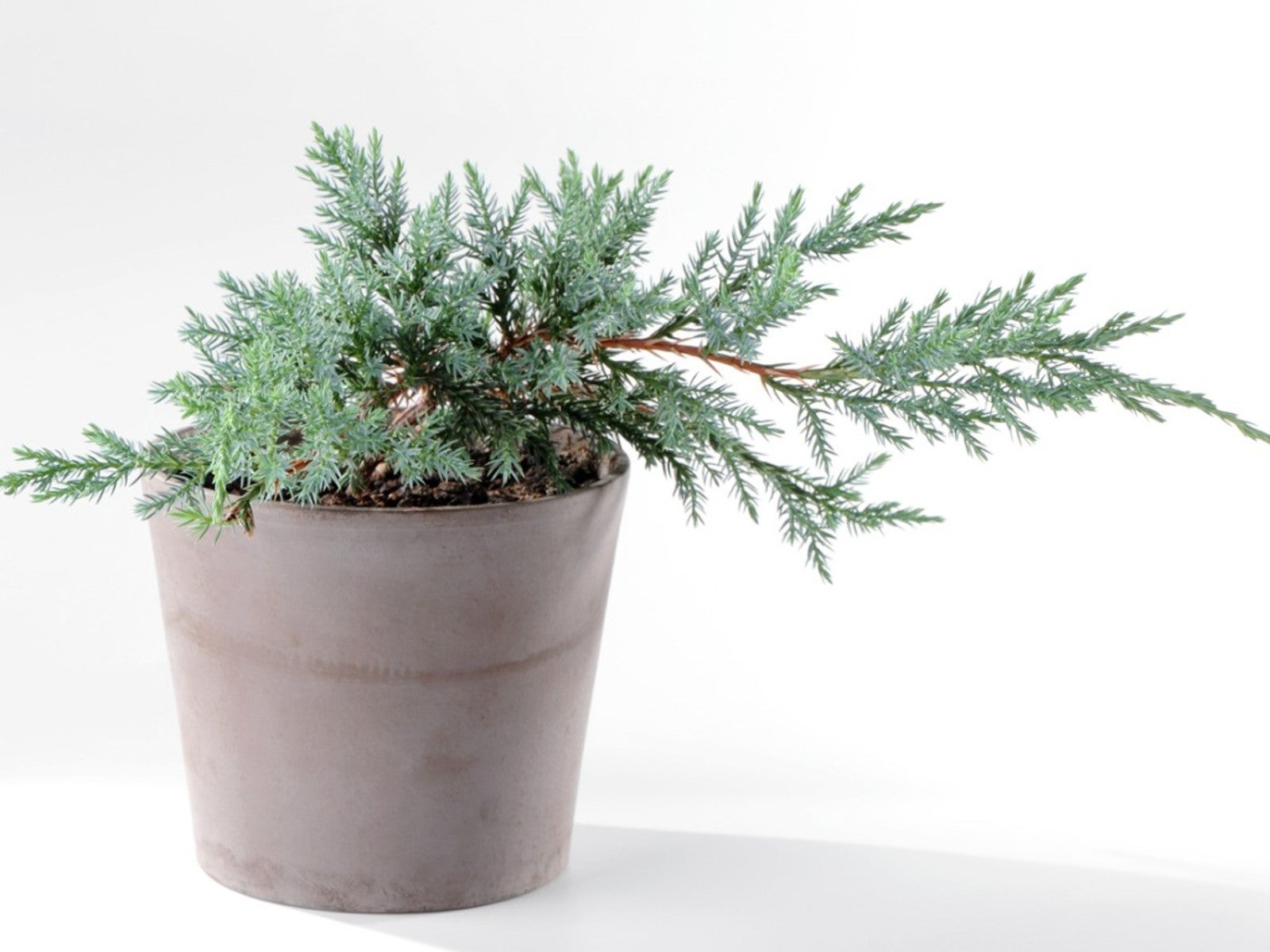 How To Grow A Potted Juniper: Caring For Juniper Trees In Containers
How To Grow A Potted Juniper: Caring For Juniper Trees In ContainersSmall juniper trees grow well in containers. Click here for information on how to care for potted junipers.
By Teo Spengler
-
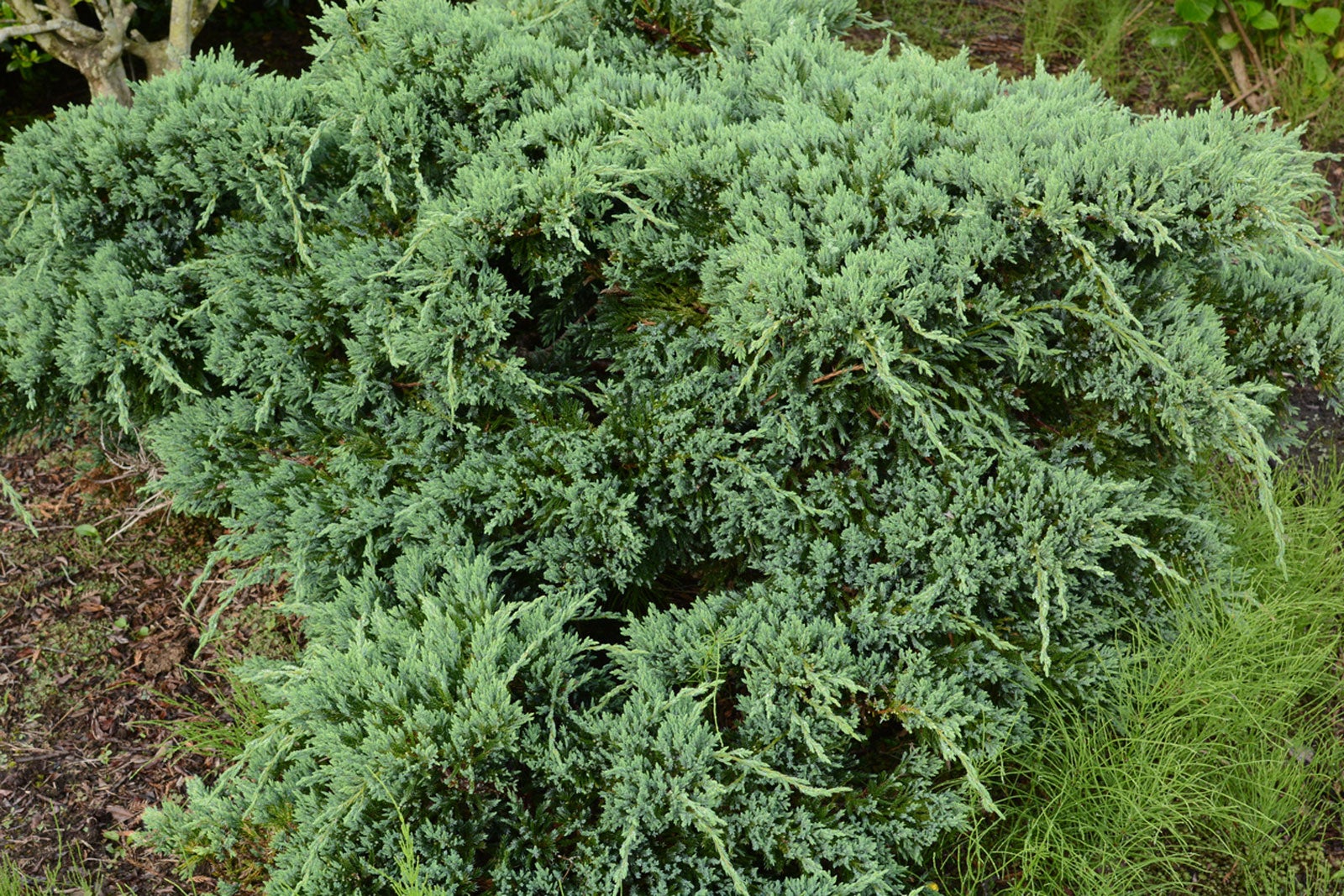 Japanese Juniper Care – How To Grow A Japanese Juniper Plant
Japanese Juniper Care – How To Grow A Japanese Juniper PlantIf you want a "set and forget" type of plant, Japanese juniper care is minimal and easy once established. For more information about this shrub of low heights and how to grow it in your garden, click the following article.
By Bonnie L. Grant
-
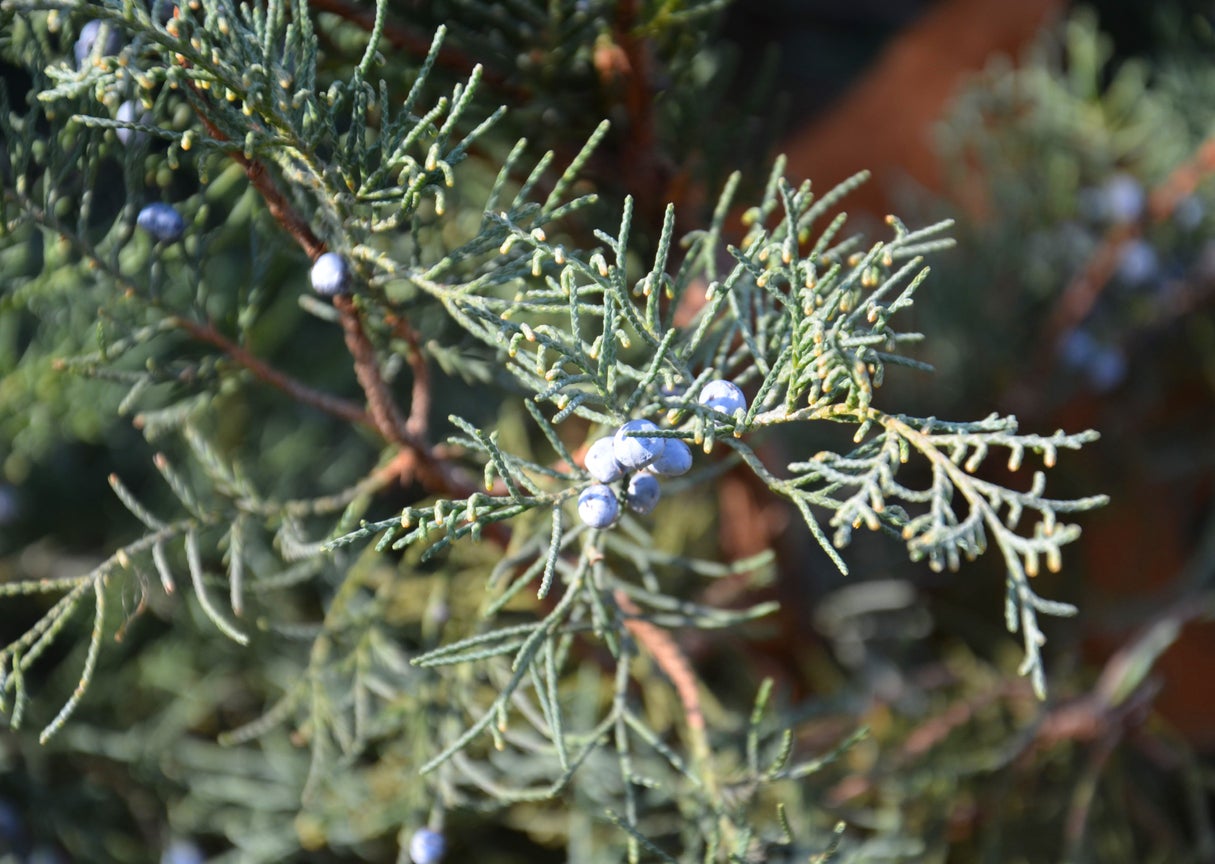 Mountain Cedar Information: Is Mountain Cedar Pollen Causing You Problems
Mountain Cedar Information: Is Mountain Cedar Pollen Causing You ProblemsMountain cedar is a tree with a common name full of contradictions. The tree is not a cedar at all, and its native range is central Texas, not known for its mountains. In fact, trees called mountain cedar are actually ashe juniper trees. Click here to learn more.
By Teo Spengler
-
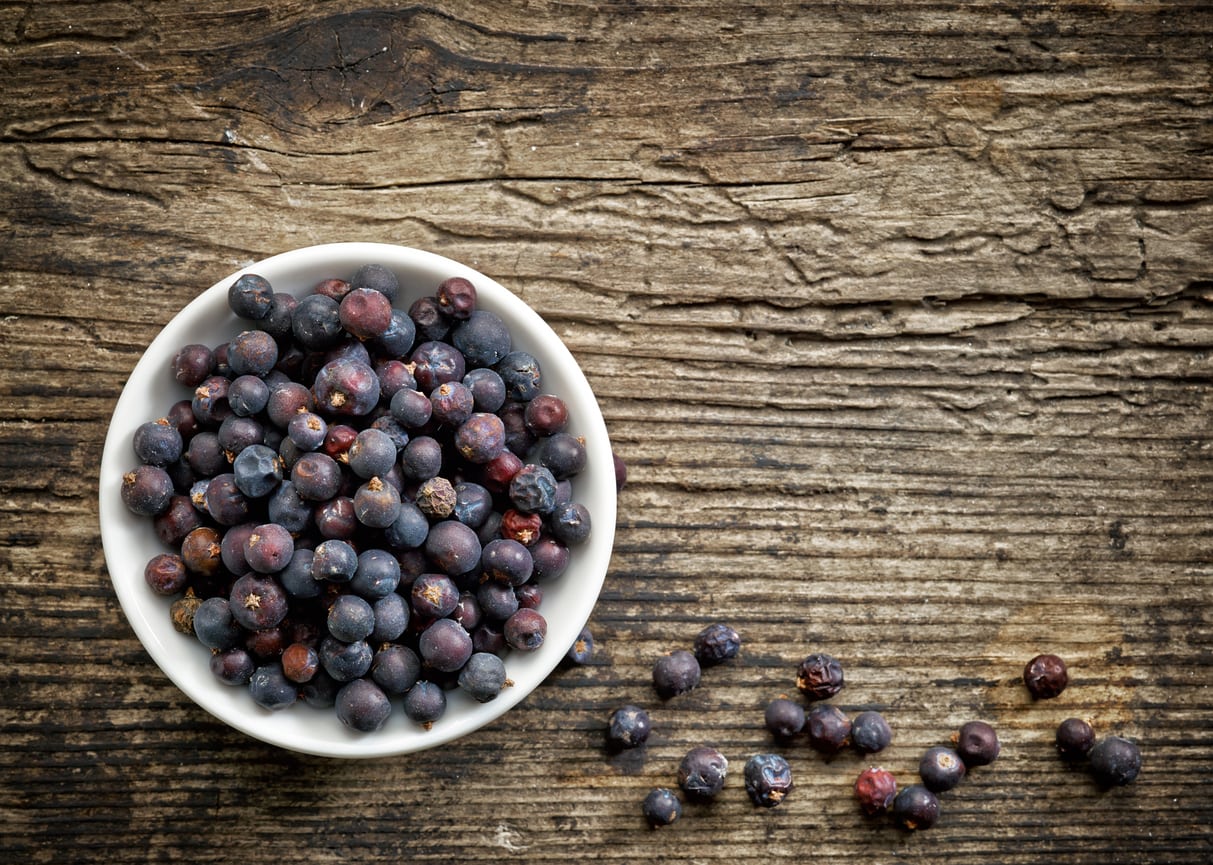 Are All Juniper Berries Edible – Is It Safe To Eat Juniper Berries
Are All Juniper Berries Edible – Is It Safe To Eat Juniper BerriesJuniper berries have been used as a strong flavoring for wine, mead, and other alcoholic beverages, as well as a spice for meats, stews, sauerkraut, and other dishes. Upon reading this, you may be wondering are all juniper berries edible? Click here for that answer.
By Darcy Larum
-
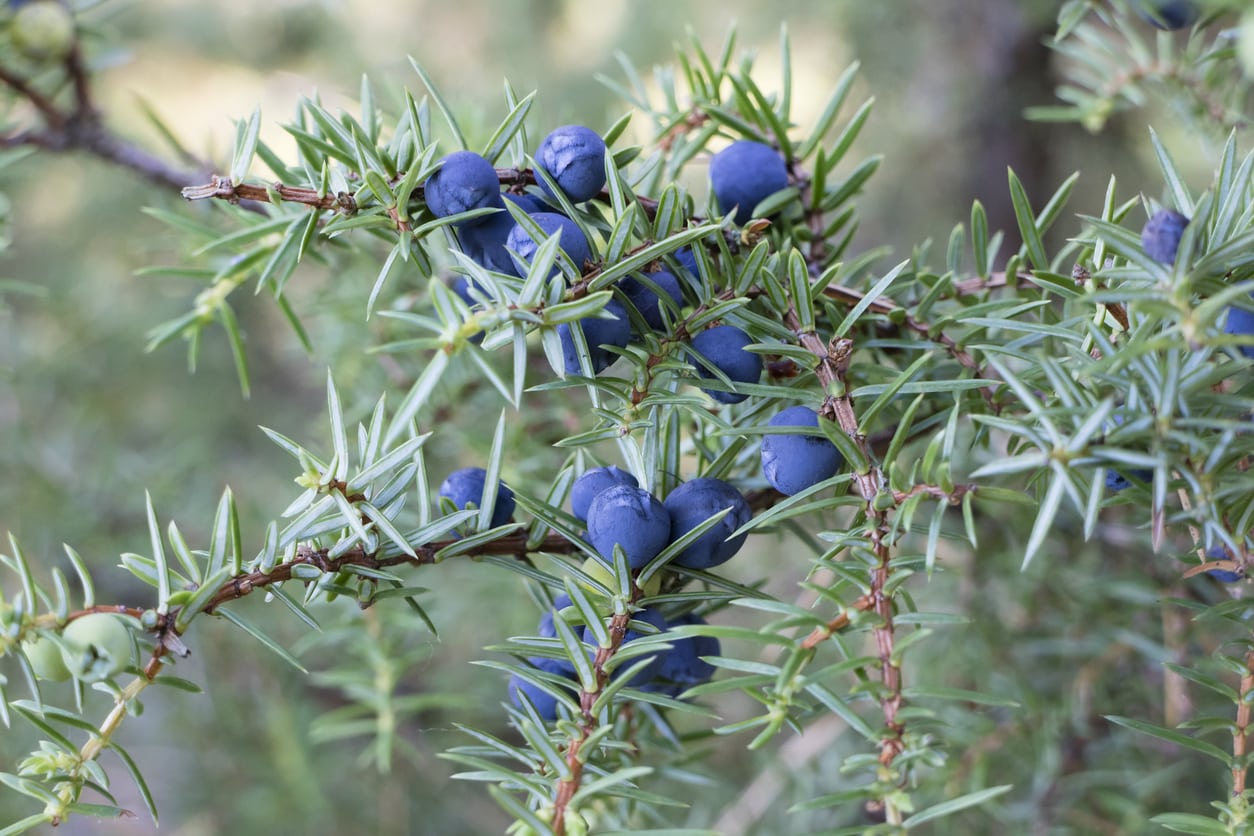 Juniper Berry Uses – What To Do With Juniper Berries
Juniper Berry Uses – What To Do With Juniper BerriesGiven that they are prolific and the fruit looks so much like a berry, the natural question is ‘can you eat juniper berries?” If so, what do you do with juniper berries? Click on the following article to find out how to use juniper berries along with some useful juniper berry recipes.
By Amy Grant
-
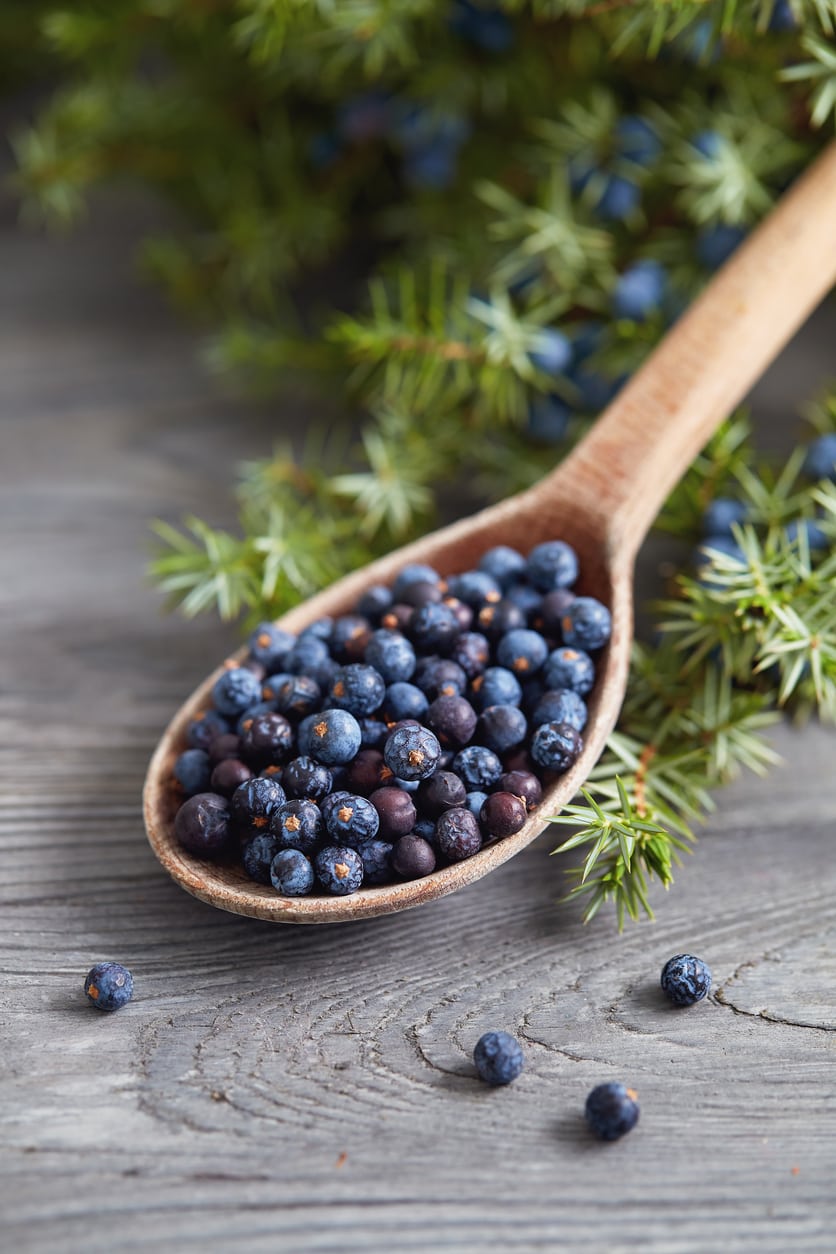 Juniper Berry Harvest Tips: How To Pick Juniper Berries
Juniper Berry Harvest Tips: How To Pick Juniper BerriesMany junipers produce berries that are toxic and inedible, but Juniperus communis berries are edible! Safe, aromatic and interesting, learn how to know which ones are safe how to harvest them.
By Bonnie L. Grant
-
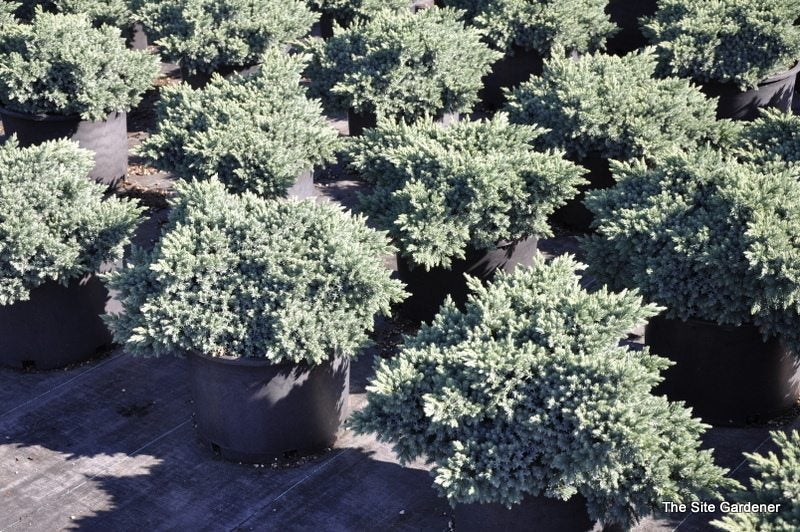 Growing Juniper ‘Blue Star’ – Learn About Blue Star Juniper Plants
Growing Juniper ‘Blue Star’ – Learn About Blue Star Juniper PlantsWith a name like "Blue Star," this juniper sounds as American as apple pie but, in fact, it is native to Afghanistan, the Himalayas, and western China. Gardeners love Blue Star for its thick, starry, blue-green foliage and its graceful rounded habit. Learn more here.
By Teo Spengler
-
 Can You Prune An Overgrown Juniper – Tips For Overgrown Juniper Pruning
Can You Prune An Overgrown Juniper – Tips For Overgrown Juniper PruningJuniper shrubs and trees are a great asset to landscaping. But sometimes, like the best things in life, they get away from us. What was once a smart shrub is now a wild, overgrown monster. So what can you do with a juniper that?s gotten out of hand? Find out here.
By Liz Baessler